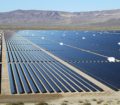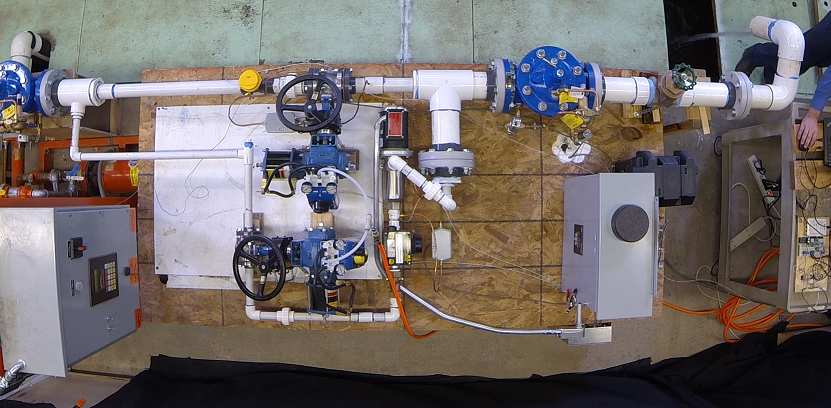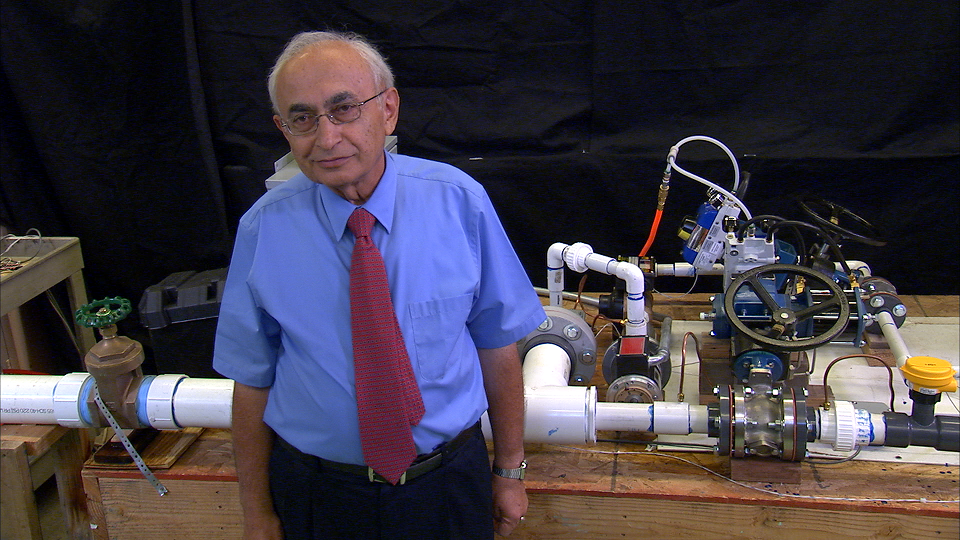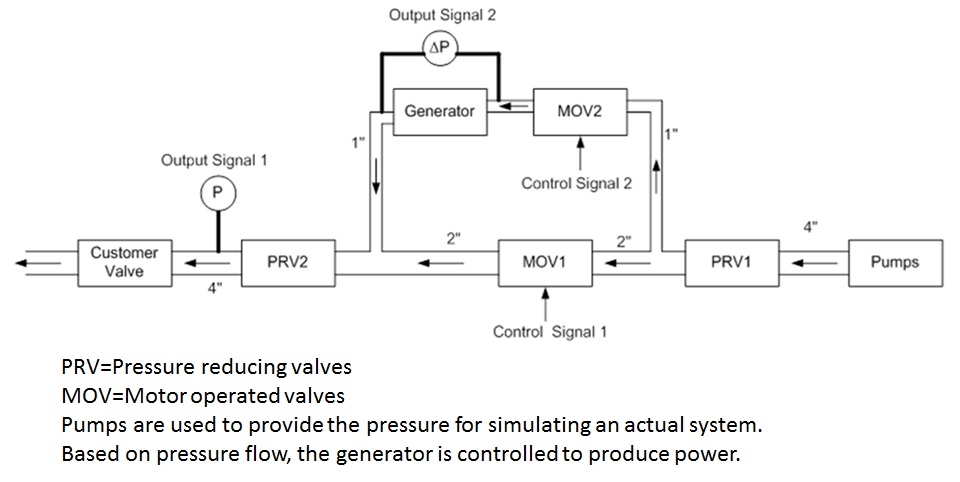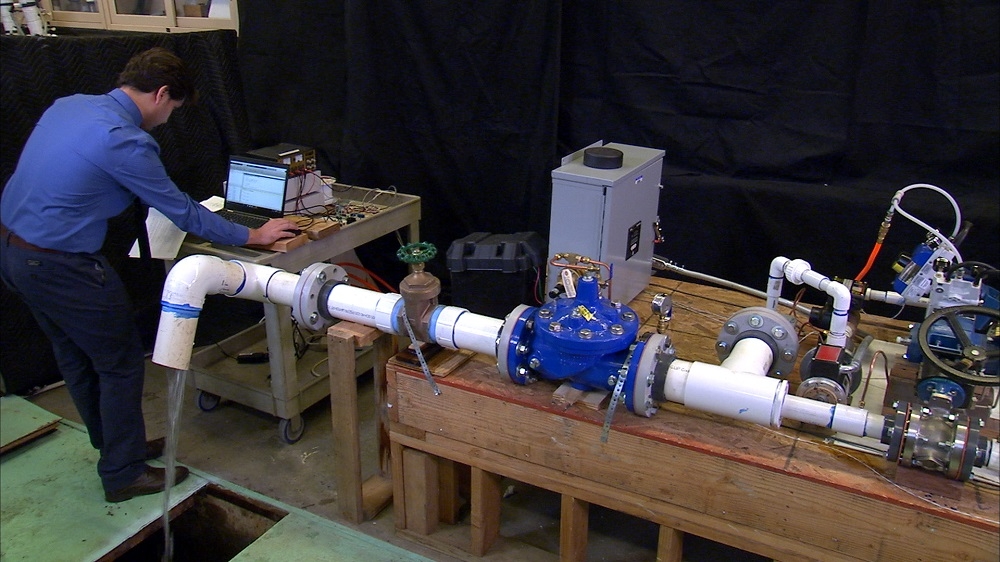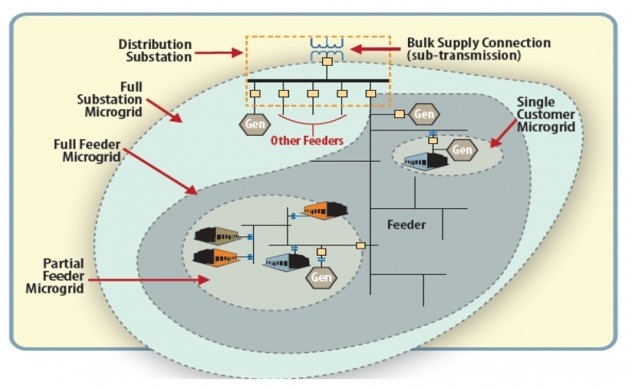Overview of in-conduit hydro-generator, pressure reducing valves, and other equipment, in the hydraulics lab
of the Civil and Environmental Engineering department at the University of Nevada, Reno
–M. Etezadi-Amoli Photo
From Waste Heat to Essential Electricity
NEXUS research harnesses lost energy in water delivery systems to create electricity
By Jane Palmer
July 2017
Mehdi Etezadi-Amoli, University of Nevada, Reno
–M. Etezadi-Amoli Photo
Creating a Diversion
Developed Operation Scheme
–M. Etezadi-Amoli
Sideview of the in-conduit hydro-generator, pressure reducing valves, and other
equipment, in the hydraulics lab of the Civil and Environmental Engineering department
at the University of Nevada, Reno.
–M. Etezadi-Amoli Photo
Saving and Storing
NEXUS Project Inspires Interdisciplinary Collaboration
NEXUS scientist Dr. Mehdi Etezadi-Amoli’s research not only helps in the creation of renewable energy but also contributes to the U.S. Department of Energy’s vision of the future “smart” electric power infrastructure. The smart grid will facilitate the integration of solar power into the electric grid while providing a reliable energy supply. Tools to monitor and control microgrids are key to the success of the smart grid technology and Etezadi-Amoli is collaborating with Dr. Yahia Baghzouz of the University of Nevada Las Vegas (UNLV) to design a remote monitoring and control system for the microgrid at UNLV.
“This interdisciplinary collaboration between Dr. Etezadi-Amoli and Dr. Baghzouz has come about thanks to the NEXUS project” said Dr. Gayle Dana, Project Director of the NEXUS project. “We aim to create an environment that encourages collaboration between the disciplines in the quest to advance the efficiency of solar energy while minimizing its environmental impacts”.
_______________________________________

NEXUS Notes is a monthly publication of the Solar Nexus Project, which is a five-year research project funded by the National Science Foundation’s Established Program to Stimulate Competitive Research “EPSCoR” (Cooperative Agreement #IIA-1301726) focusing on the nexus of (or linkage between) solar energy generation and Nevada’s limited water resources and fragile environment.
Any opinions, findings, and conclusions or recommendations expressed in this material are those of the author(s) and do not necessarily reflect the views of the National Science Foundation.
_______________________________________
If you would like to know more about the NEXUS project,
please contact, Dr. Gayle Dana
Gayle.Dana@dri.edu
530-414-3170
_______________________________________


